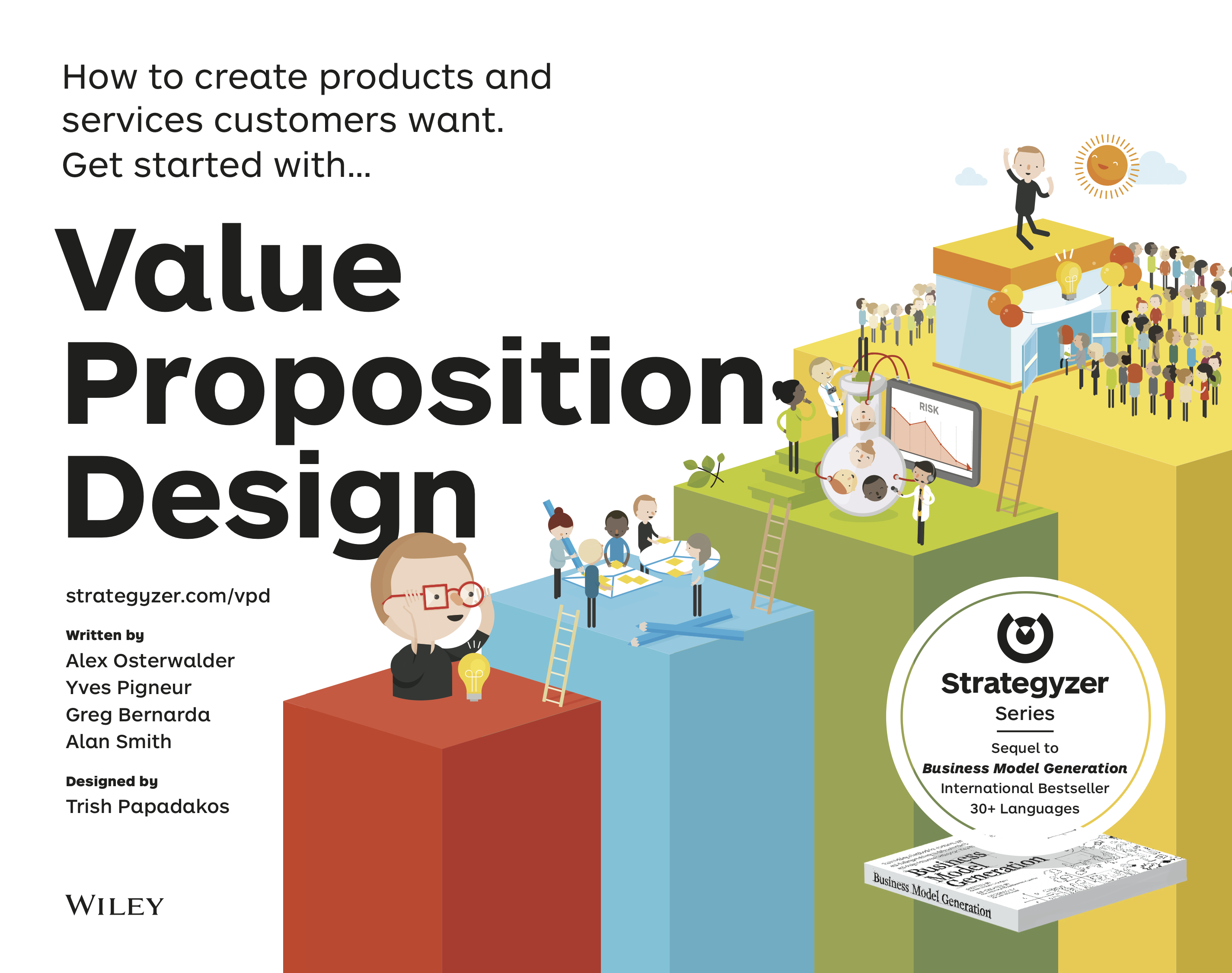Business models that matter: merging profit and impact
Osterwalder, A, Pigneur, Y. (2011) Aligning Profit and Purpose Through Business Model Innovation, in Palazzo, G., Wentland, M. (eds) Responsible Management Practices for the 21st Century, Pearson International, p. 61-76.
Traditionally, companies separate their profit seeking activities and activities related to generating a positive social and environmental impact. The former usually represents the core focus of a company, while the latter is added on, generally as a not-for-profit entity under the label of corporate social responsibility. Yet, a growing number of first-time and experienced entrepreneurs and executives around the world are not satisfied with this way of operating anymore. They believe that financial profits and a substantial positive impact are not mutually exclusive and they aim to build powerful new business models that do not settle with financial profits, but have a deeper purpose to achieve a positive economic, social and environmental impact. In other words, they set out to design and implement business models in which the profit-seeking activities amplify the positive impact, rather than coming at the expense of profits.
Numerous examples illustrate this, like, SunEdison, which is boosting the adoption of solar energy as a substitution for fossil fuels, Grameenphone, which brought telecommunications and job creation for women to rural Bangladesh, Peepoople, which aims to bring proper sanitation to 2.5 billion people lacking it, or Switcher, which brings ethical production to the textile industry.
The challenging task that these entrepreneurs and executives face is to combine two activities that are already hard enough to achieve in their own regard to make a profit and to have a positive impact in one and the same business model. This challenging enterprise is very new and requires the invention of business models that, very often, dont yet exist. Hence, innovation plays a substantial role in crafting them. In order to assist entrepreneurs and executives in this difficult task we will outline a design tool, the Business Model Canvas, and a number of design techniques like visual thinking and prototyping, in the remainder of this article.
(pdf) (manuscript)




